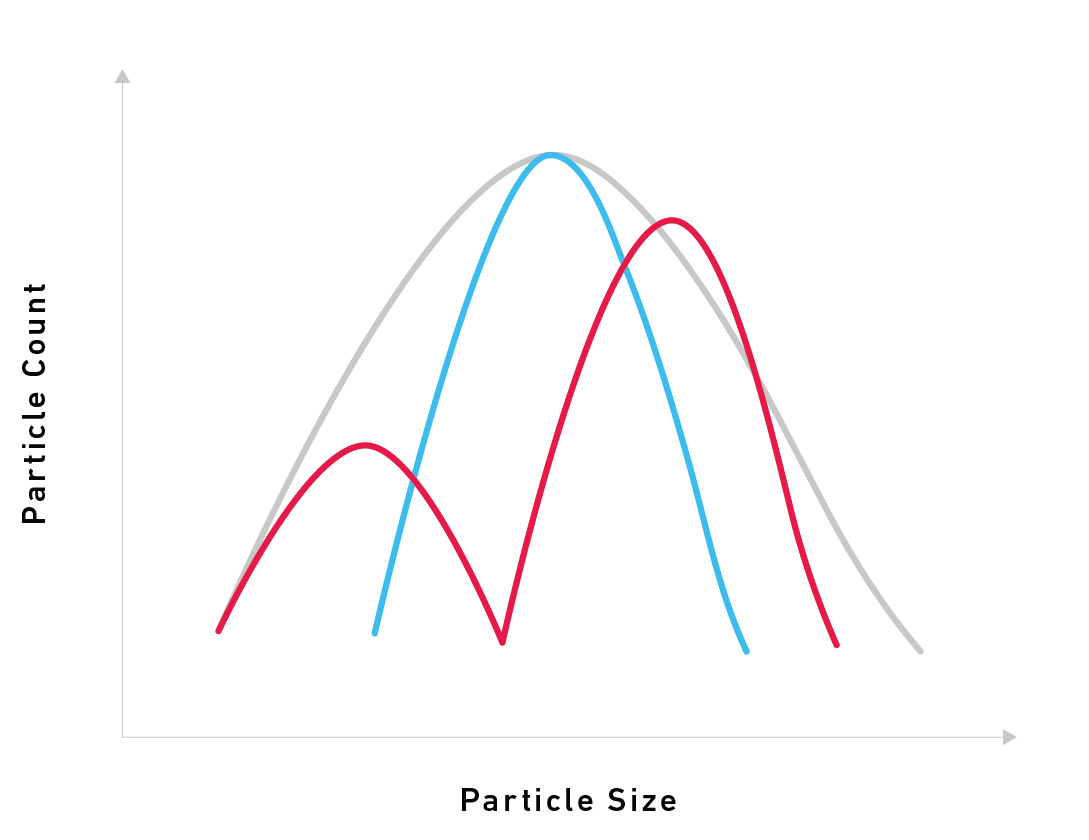Unlocking the superiority of GRCop-42: The role of particle size distribution in flowability and spreadability
Copper-based alloys are becoming ever more essential for additive manufacturing (AM) because of their unique combination of thermal and electrical properties, corrosion resistance, and durability. GRCop-42 is a prime example: a high-conductivity, high-strength copper-based alloy developed by NASA for use in high heat flux applications.
Carpenter Additive produces GRCop-42 AM powder for the aerospace industry and has quickly become the industry standard for additively manufacturing components for liquid rocket engines and other combustion devices. When tested against competitor AM powder, Carpenter Additive’s GRCop-42 stands out for its well-defined, narrow particle size distribution, which has a direct and positive impact on alloy performance.
Understanding GRCop-42 properties
GRCop-42 is a copper-chromium-niobium alloy with high thermal conductivity, excellent creep resistance, low-cycle fatigue life, and strength retention at elevated temperatures. It is the ideal material for parts such as combustion chamber liners, where:
- High conductivity allows heat to dissipate
- Creep resistance and high strength at extreme operating temperatures provides structural integrity
- Low cycle fatigue life ensures part longevity and use case safety
NASA developed GRCop-42 with the goal of increasing the number of AM materials available for use in harsh environments. To achieve this goal, the alloy wouldn’t just need to be available — it would have to be designed for additive manufacturing. Powder manufacturers would need to produce high-quality metal powder with the correct mechanical properties as well as the correct particle size distribution for optimal flowability, spreadability, and printability.
The science behind particle size distribution
Particle size distribution (PSD) defines the relative number of particles by size in a powder sample. It shows the range of particle sizes and their relative quantities, typically in a distribution curve format.

A narrow, uni-modal PSD has a single peak and indicates a uniformity of particle size.

A wide PSD shows that particles of many different sizes are present, including much smaller particles called fines <15 µm.

A bi-modal PSD has two distinct peaks and indicates that particles are divided across two main size ranges.
For AM materials, being able to select and control PSD is critical to the material’s performance. A narrow, uni-modal particle size distribution means powder particles are uniform in size, which enables:
- Flowability: The smooth flow of material during 3D printing. Powder flows consistently, creating uniform layer thickness and excellent surface finish for superior parts. Clogs, part defects, and build failures are prevented.
- Spreadability: The even spread of material over a previous layer. Spreadability ensures a controlled flow and strong adhesion between layers, creating structural integrity and dimensional accuracy.
- Uniform distribution of niobium and chromium: The even spread of niobium and chromium across the powder sample, resulting in better mechanical properties and performance.
- Optimized material use: The Goldilocks zone of using exactly the right amount of powder. No underuse, resulting in failed prints or part imperfections. No overuse, resulting in wasted material and/or unsafe powder residue.
- The ultimate goal: Successful, repeatable builds.
Optimizing GRCop-42 with PSD control
Carpenter Additive’s proprietary AM powder manufacturing processes allow for the control of PSD in GRCop-42 production, ensuring its superior quality and proven AM results. Powder particles <2 µm are removed from our powder, which means there is no safety risk from superfine particles. Our GRCop-42 powder has the most stable, unimodal particle size distribution available with the least fines, best flow, and most uniform niobium and chromium distribution. No wonder it’s the aerospace industry standard.
Learn more about GRCop-42

